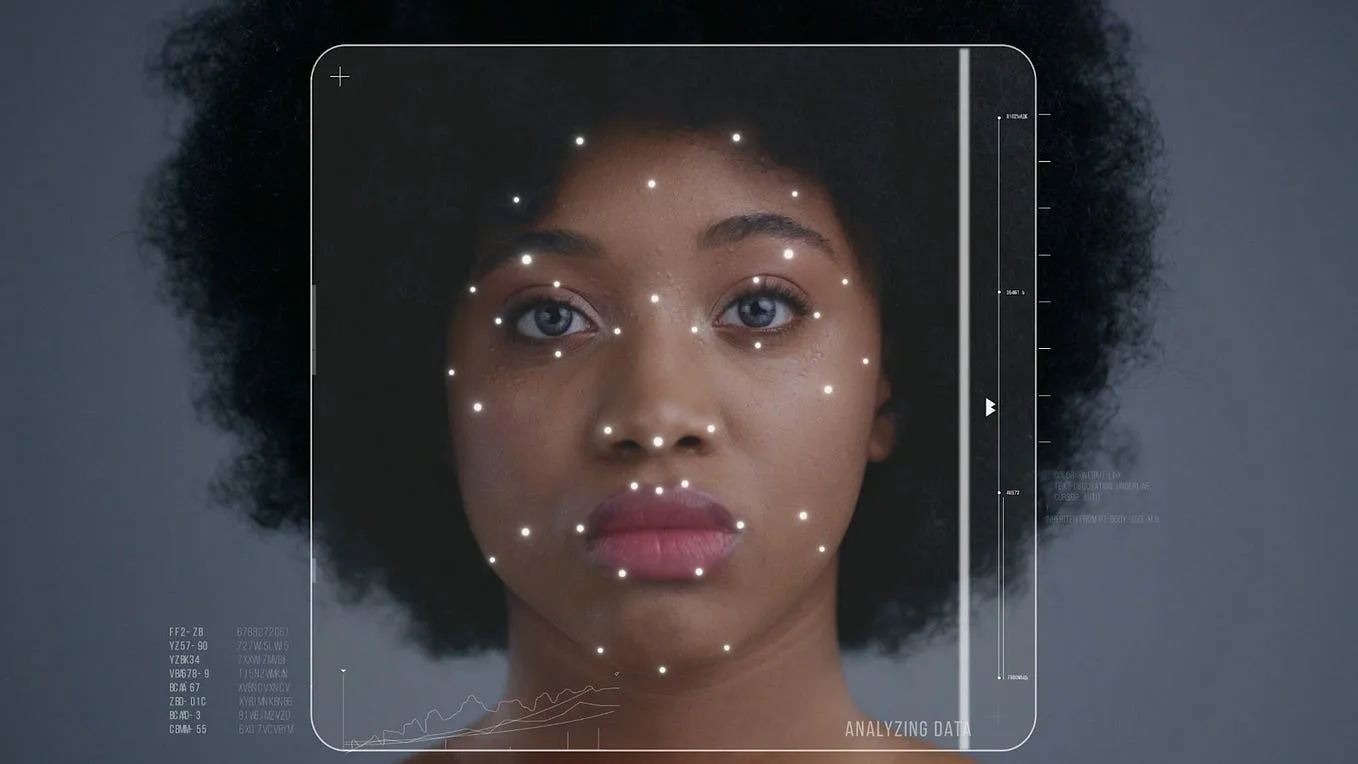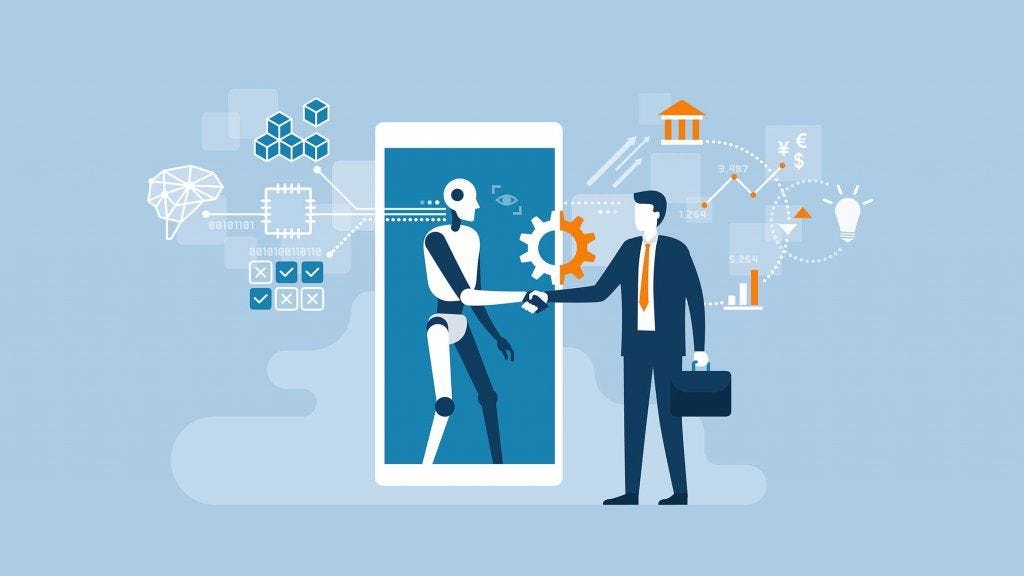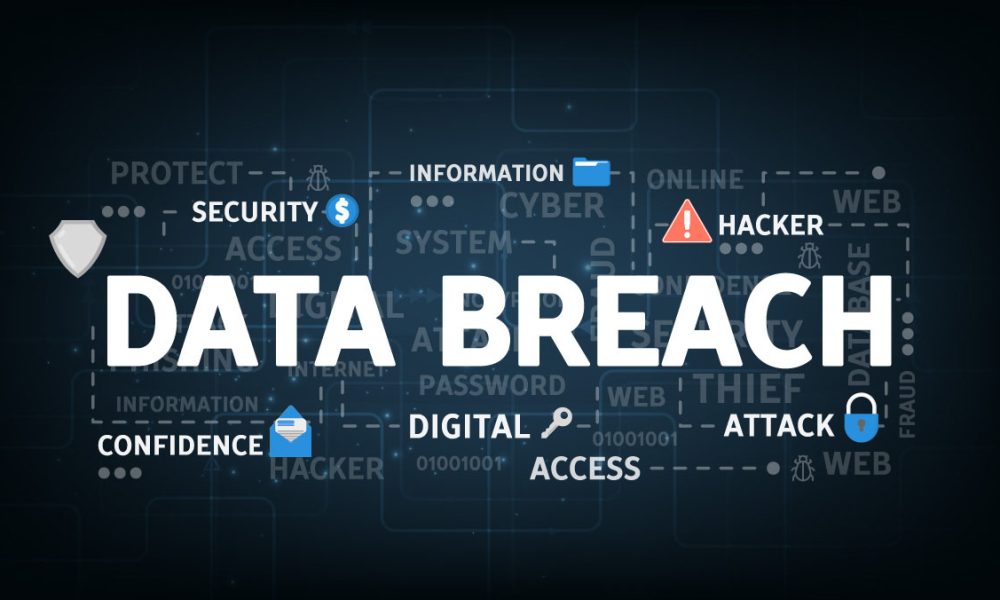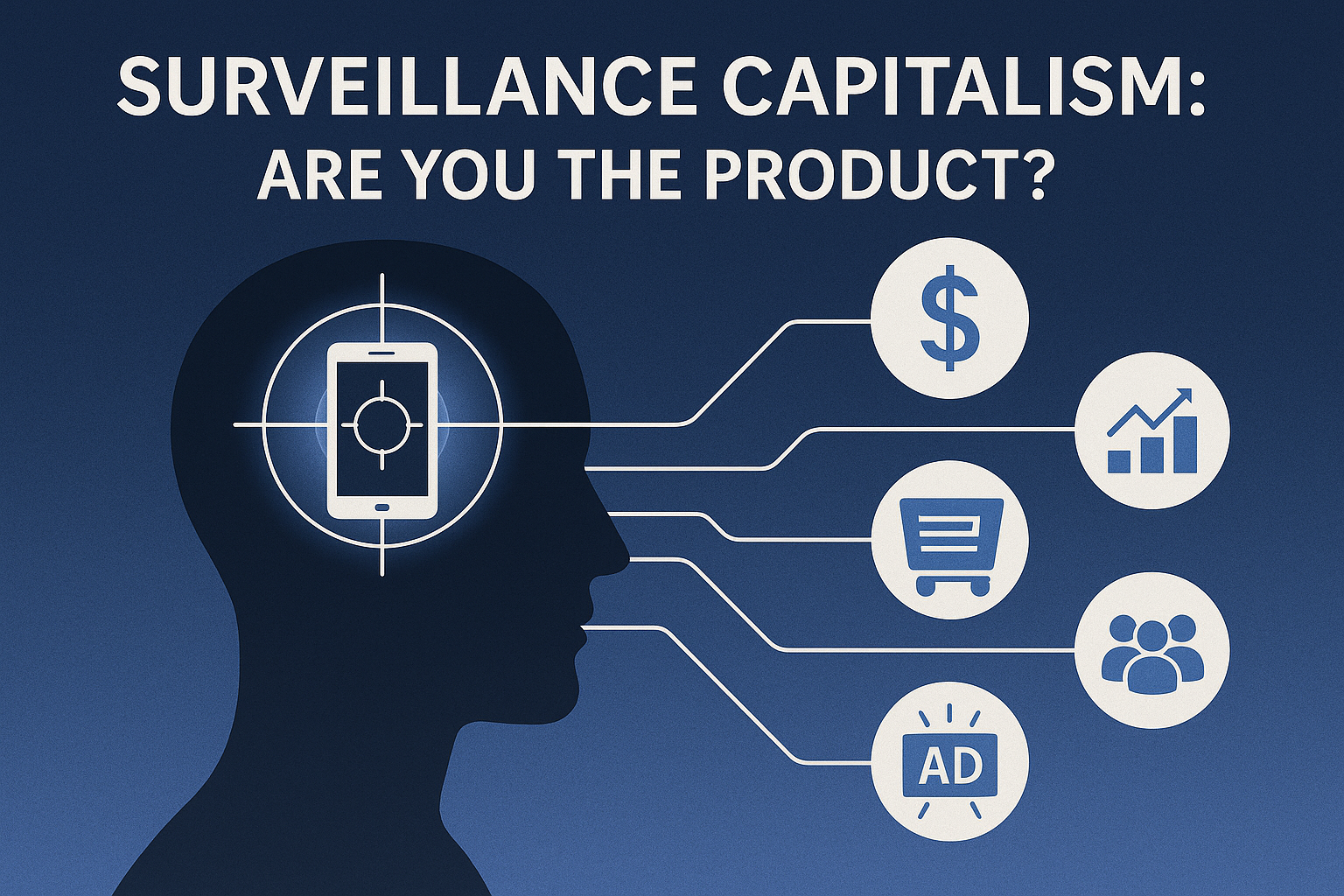From hospitals hit by ransomware to deepfakes impersonating CEOs, the cybersecurity landscape in 2024 feels less like a battleground and more like a permanent state of siege. As we digitize more of our lives—finance, health, identity, infrastructure—the line between “online” and “real life” disappears. But with this integration comes exposure. And that exposure isn’t just technical—it’s deeply ethical, legal, and human.
Cybersecurity today is not merely about protecting data. It’s about protecting trust, autonomy, and safety in an increasingly unpredictable digital world. What happens when algorithms can be hacked? When identity can be forged at scale? When attacks go beyond theft to coercion or manipulation?
This article explores the major cybersecurity trends shaping this new reality—and why no easy solution exists.
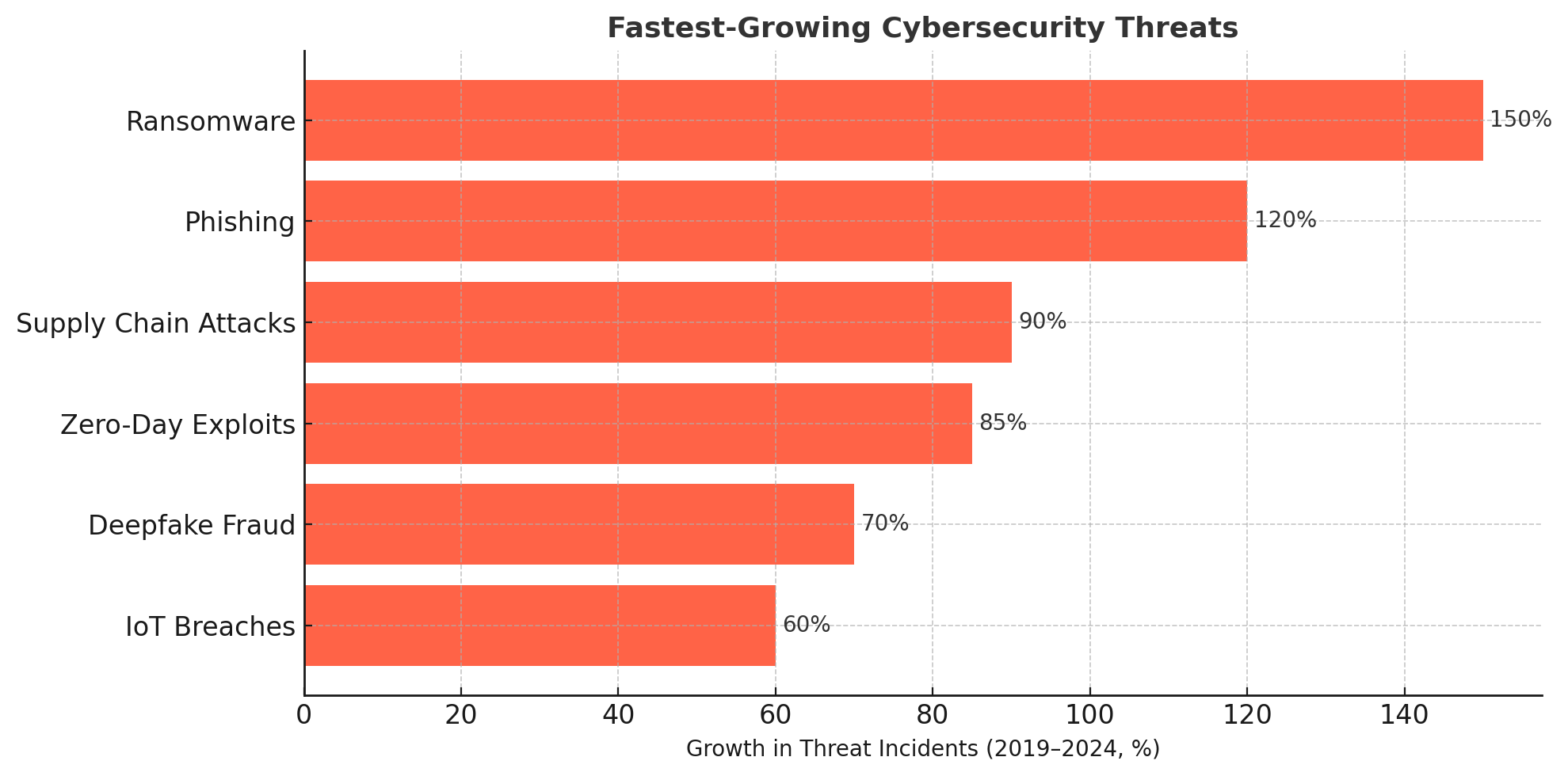
🧬 Trend #1: Deepfake Fraud and Identity Manipulation
One of the most unsettling developments is the rise of AI-generated fraud—from impersonated voices to manipulated video. Attackers no longer need to break into your system—they just need to trick someone who trusts you.
🎭 Ethical dilemma:
-
If a deepfake impersonates a CEO and tricks an employee into wiring $1M, who’s at fault?
-
How can platforms moderate synthetic media without infringing on expression?
🧪 Trend #2: Ransomware as a Business Model
No longer isolated to lone hackers, ransomware has become industrialized, with entire supply chains for malware kits, negotiation services, and profit-sharing.
-
Hospitals, schools, and public infrastructure are prime targets
-
Insurance companies often pay ransoms, which raises questions of moral hazard
-
Governments are beginning to outlaw ransom payments—but that may worsen consequences for victims
🧷 Trend #3: Legal Grey Zones in Cross-Border Attacks
Cyberattacks rarely respect geography, but laws do.
🌍 The dilemma:
-
A ransomware group in country A hacks a utility in country B
-
Country C hosts the cloud infrastructure unintentionally
-
Who is responsible? Which law applies? Can prosecution even happen?
The result: Many attacks occur in a legal fog where justice is difficult, and deterrence is weak.
🧠 Trend #4: AI and Cyber Defense Arms Race
Just as attackers use AI to generate phishing emails or map systems, defenders are using AI to detect anomalies, predict intrusions, and automate response.
🤖 But:
-
AI systems themselves can be manipulated (e.g. adversarial attacks)
-
AI auditing is still in its infancy—how do we ensure fairness in automated defense systems?
-
Should AI-driven decisions about human behavior (e.g. suspicious logins) require human oversight?
🏛️ Trend #5: Cybersecurity Meets Human Rights
As digital threats rise, so do calls for zero-trust architectures, biometric authentication, and massive surveillance. But these raise serious ethical concerns:
-
Where do we draw the line between safety and privacy?
-
Who has access to biometric data—and can it ever be deleted?
-
Will cybersecurity become an excuse for overreach?
Laws like GDPR and CCPA address some of this, but not all. And in authoritarian regimes, cybersecurity is often weaponized to justify control.
⚖️ Toward Ethical Cybersecurity
To navigate this terrain, we need more than better tools—we need better governance, transparency, and ethics:
-
Privacy-by-design must become a baseline
-
Open disclosure of breaches should be incentivized, not punished
-
Public-private cooperation must evolve from PR to policy
-
Cyber-literacy should be treated as a civic skill—not just IT training
🧾 Conclusion: No Silver Bullets, Only Smarter Shields
Cybersecurity is no longer a backend issue—it’s a frontline question of social trust, democratic resilience, and global stability. As threats grow more intelligent, interconnected, and opaque, defending against them will require not just technology, but ethical clarity, legal frameworks, and public awareness.
There is no firewall for the human factor. But there is hope—in how we choose to build, legislate, and educate for a safer digital future.

